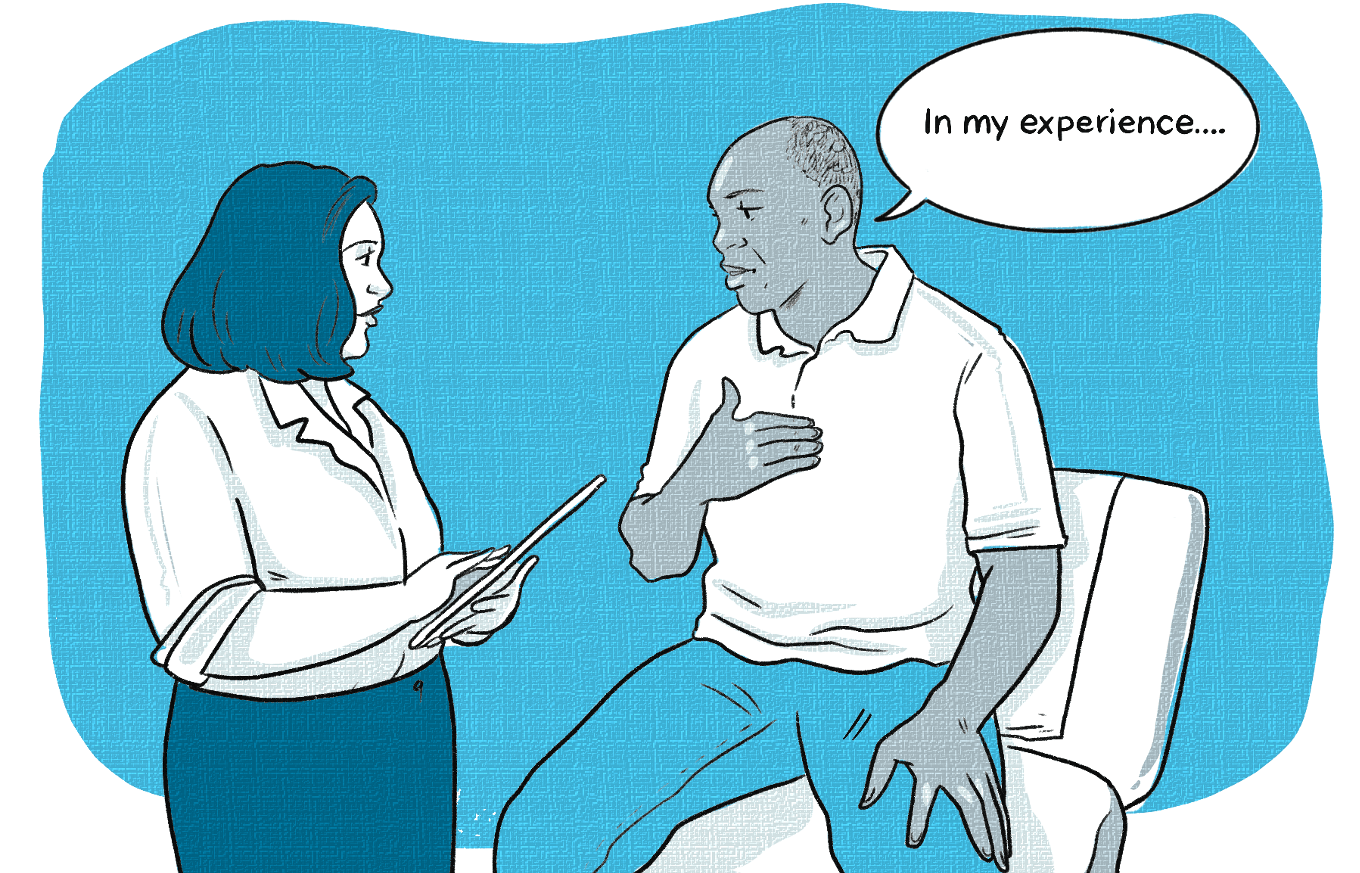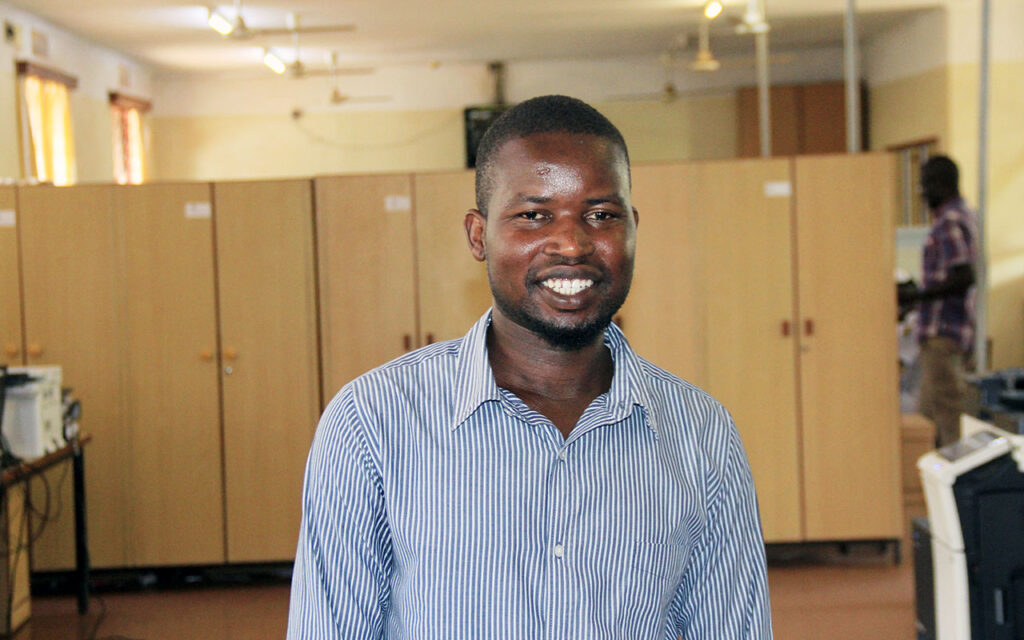What do we really know about von Willebrand disease?

Mention bleeding disorders and chances are most people will say, “Oh, you mean haemophilia?” Yet, von Willebrand disease (VWD) is by far the most common bleeding disorder. It’s also one of the least well understood.
That may be because most people with von Willebrand’s have a relatively mild subtype (Type 1) and are only affected by bleeding if they have surgery, injure themselves, or have a tooth removed.
Listening to experience
Last year, Haemnet ran a small-scale project canvassing views from the UK’s VWD community about von Willebrand disease. Over about 6 weeks, 78 people shared valuable insights based on their personal experiences.
Two thirds (67%) considered themselves to be ‘well informed’ or ‘very well informed’ about their VWD, and around 25% said they were ‘well enough informed’ about it. Nearly all (92%) knew their von Willebrand’s subtype, but around 40% didn’t know their level of von Willebrand factor level. Both should be recorded on bleeding disorder cards.
The most common types of bleeds people told us about were bruises, nosebleeds and mouth bleeds. We asked about how often people experienced bleeds too. Among the overall VWD population (all subtypes), we found that the average number bleeds per week was 1.4 – even for Type 1, which is supposedly the milder form of von Willebrand’s. But the average number of bleeds per week among people who didn’t know their VWD subtype was more than twice as high.
Bleeding and being in the know
It’s important that people with von Willebrand disease know their subtype, not least so they can advocate for themselves. Nosebleeds, bruises and minor cuts can often be managed with first aid measures, but more serious bleeds require medical treatment – and this may be determined by VWD subtype.
As an example, desmopressin (or DDAVP) is the most commonly used treatment for von Willebrand’s. It works by stimulating the release of von Willebrand factor from the body. However, if you have Type 3 VWD, where the body has virtually no von Willebrand factor, desmopressin is little use – you need a replacement von Willebrand factor product. Desmopressin can also cause problems for people with Type 2B VWD, as it can make their von Willebrand factor too active.
We also asked people about how old they were when were first impacted by bleeding and when their von Willebrand’s was diagnosed. The average time between first bleeds and diagnosis was 10 years. That’s a long time to live with weekly bleeding.
Share your view on von Willebrand disease
As a result of this initial small project, Haemnet is now running the VWD360 study. This is a much larger study looking at how von Willebrand’s affects people in their everyday lives.
As part of laying the groundwork for improving treatment and care, we hope VWD360 will help address questions around the knowledge people have about their von Willebrand disease. That includes what kind of education is available – and needed.
If you live with von Willebrand disease, we really want to hear your views. To find out more and to take part in the study, contact Dr Kate Khair: research@haemnet.com.


